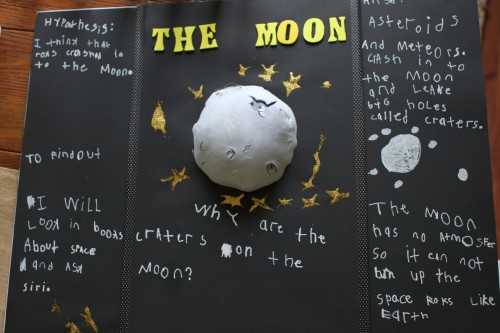“Level 5 leaders embody a paradoxical mix of personal humility and professional will. They are ambitious, to be sure, but ambitious first and foremost for the company, not themselves.”
Jim Collins
Jim Collins
For many years, I attended church services every Sunday in Lake Forest, Illinois, where the pastor was possibly one of the most intelligent people I have known and certainly one of the best teachers from whom I have ever learned. His sermons were masterful and he often opened with a bit of humor. One Sunday, he let us know that the topic of his sermon was going to be “humility.” He went on to explain that he had spoken on the topic many times, written about the topic often, and researched the topic at great length. Then, after an appropriate dramatic pause, he added, “In fact, you might say I’m an expert on the topic of humility.” After an appreciative chuckle from those of us in attendance, he added, “I’m even thinking of calling my next book: ‘Humility--and How I Achieved It,’” eliciting another collective laugh. After this humorous opening, he went on to extol the virtues of living a humble life and I was reminded that the very best educational leaders I know--whether they are district superintendents, school principals, or classroom teachers--all exhibit this admirable trait known as personal humility. They are able to lead the children and colleagues with whom they interact, in part, because of what Jim Collins calls their “professional will,” but even more importantly, it seems, because of their genuine and consistent displays of personal
 |
| Via: goo.gl/BBbWUo |
By now, I suspect that almost anyone reading this blog post has also read Collins’s book, Good To Great and is familiar with his characteristics of the very best leaders in the corporate world, people he labels, “Level 5 Leaders.” A key characteristic of such leaders is their somewhat paradoxical blend of professional will and personal humility. In reflecting on the best and most successful teachers and administrators with whom I have worked over the past few decades, I am struck by how true this is in the world of education as well as the business world. The very best teachers and administrators I know are humble people. Because they are consistently excellent, they are often recognized for their successes, yet they never seek such recognition nor wallow in it for very long, if at all. One specific behavior these excellent leaders do exhibit consistently is aligned to what Collins calls, The Window and the Mirror:
When things go well, our best educators point out the window,
 |
| Via: goo.gl/5UCQBi |
Can you think of any educators you perceive to be humble leaders who practice--knowingly or not--the window and the mirror model of leadership? I immediately thought of three excellent leaders who I consider exemplars in this area. One is a superintendent, another is a principal, and a third is a classroom teacher:
- Joe Sanfelippo is a superintendent in Fall Creek, Wisconsin. Although the district is tiny, he has put it on the national map through his outstanding work the past few years. Of course, he will never take any credit himself for the district's many successes. I have never been around Joe without hearing him rave about the amazing students, teachers, parents, and board members in his district. However, when problems arise in Fall Creek--which, like everywhere else in the world, they do--that is when you will hear Joe step up and take responsibility.
- Sanee Bell is a principal in Katy, Texas. I have yet to meet a person who knows Sanee who has not also told me what a fantastic leader she is. Her work ethic, personal integrity, intellect, and genuine compassion have earned her the respect and affection of all who know her and success in every role in which she has served. Of course, when you ask Sanee what her secret sauce of success is, be prepared for her to start pointing out the window and crediting any number of people, yet taking no credit herself.
- Kirk Humphreys is a middle grades math teacher in Deerfield, Illinois, whose students consistently perform well above grade level and consistently credit him for serving as an inspiring, caring, energetic, and fun mentor. Of course, if you ever ask Kirk the secret to his success, he will simply talk about his amazing kids and unbelievable parent support.
I admire these three leaders for many reasons, including their personal humility; humble leaders like them make me want to be a better--and more humble--leader myself. Although I am confident you can think of others who immediately come to mind as examples of humble educators/leaders, I also fear you can just as quickly think of those who fall into the exact opposite category: leaders who are quick to take credit for every successful outcome they had a connection to, but who, at the first sign of trouble, are even quicker at assigning blame to any and everyone involved – except themselves, of course. Working with leaders who behave thusly is simply deflating and crushes the culture of the school.
 |
| Via: goo.gl/7RQAms |



















